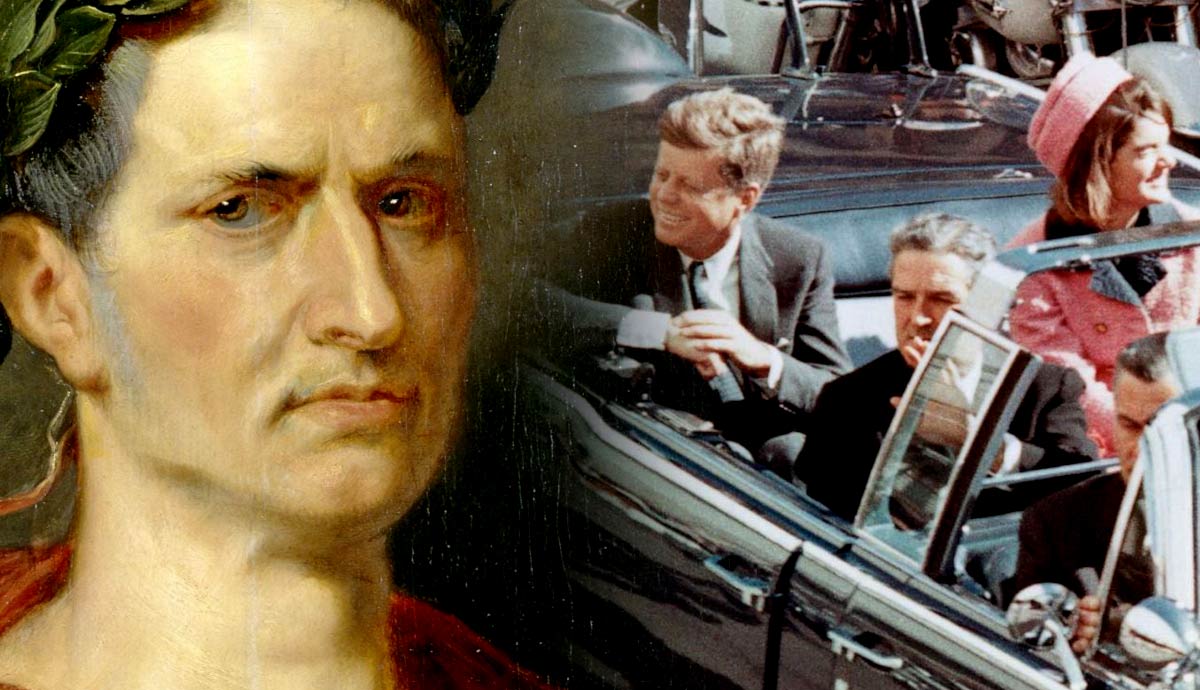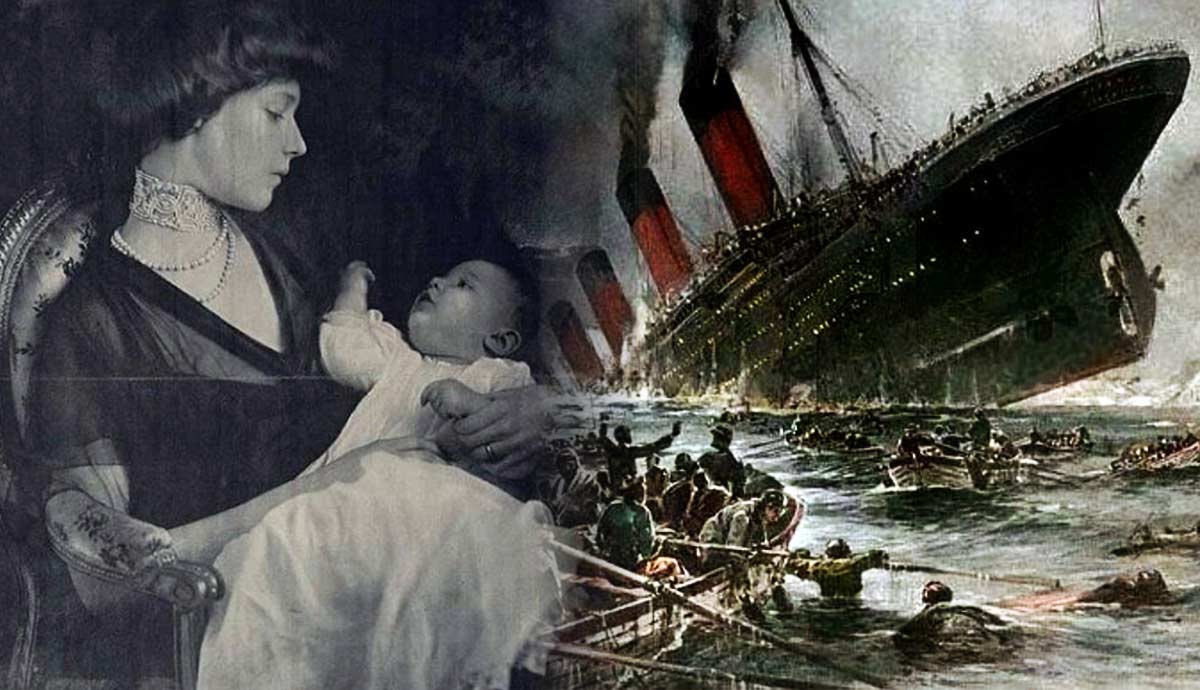
Assassination, the murder of an important figure, is a heinous crime that tends to grip public attention and generally has consequential effects in the region where it occurs. However, some prominent killings have more than just local outcomes, affecting people and places that are far-reaching in miles and time. This may be due to the impact and charisma of the victim or the causes with which they were affiliated. The series of events that occur after a famous death can change the future for millions of people, altering history and humankind.
1. Julius Caesar

Although Rome was still labeled as a republic by the time 44 BCE rolled around, it was led with elements of an autocracy. Julius Caesar had recently attained the label “dictator for life,” but despite this, was very popular with the public. Once a triumvirate member, ruling Rome with two others who had since become political enemies or died, Caesar quickly gained popularity with the public. He created opportunities for the poor, demonstrated military prowess, and was an intelligent and charming speaker.
However, his reputation among the populace made him fall out of favor with others in the political schema, particularly the Roman senate, whose power had become limited under his reign. A group of conspirators, estimated to number as many as 60, made a plan to assassinate Caesar and successfully completed their plan on March 15, 44 BCE at a Senate meeting. Through their actions, the group had hoped to restore many elements of Rome’s historical republic, with power distributed among more members of the Senate, many of whom were the killers.

Instead, the death of Caesar had the opposite effect. The majority of the public was angry with assassins who had killed their beloved leader. Several civil wars would erupt after the murder, with the government in turmoil. Eventually, Caesar’s adopted son, Octavian, would seize power and become the first emperor of Rome, officially ending the republic. At its climax, the Roman Empire was the most extensive political and social structure in Western civilization, the height of power militarily. A number of modern conventions in government and culture can trace their roots to this giant of the ancient world.
2. Archduke Franz Ferdinand

Largely seen as the catalyst that set World War I into motion, the assassination of Archduke Franz Ferdinand of Austria-Hungary set off a domino effect of major events. Killed by Gavrilo Princip, a member of a Serbian Nationalist group, in June of 1914, their heir to the Austrian throne and his wife Sophie were assassinated by gunshot while riding through the streets of Sarajevo.
Princip’s group aimed to unite all ethnic Serbs in a country of their own, removing them from under the hand of Austria-Hungary. These were not new desires but based on ongoing conflict that had populated the area for years. The deaths were not seen as a single attack but an attack on Austria-Hungary as a whole.
Austria thought that the Serbian government was involved in the attack and began developing ideas for retaliation. Both sides began seeking allies, and on July 23rd, Austria-Hungary sent an ultimatum to Serbia, demanding that they admit their involvement and issue a formal apology. Serbia agreed, but on the condition that the Austrian police were not allowed into Serbia.
Austria-Hungary declared war on Serbia on July 28th, and other countries were gradually pulled into the war over the following weeks due to alliances that were held previously. Russia backed Serbia, so Germany supported Austria-Hungary to fight against Russia. Germany would go on to declare war on France and Belgium, bringing Britain into the war to keep a promise to defend Belgium.
3. John F. Kennedy

John F. Kennedy’s presidency was riddled with challenges that would impact the world for decades to come. During his term, he faced a Cold War with the Soviets, the Vietnam War, Civil Rights, the space race, and more. Still, he was incredibly popular, with an average approval rating of 70% during his time in office (the highest of any president), and beloved by the nation.
Kennedy’s assassination traumatized the nation. His popularity, along with the technology of the day, left a mark. Though presidents had been assassinated before, never before had it been in an era of such broad media coverage. Television was becoming pervasive in American homes, and images of Kennedy’s death were broadcast and printed throughout the nation.
The loss of a handsome young president, husband, and father was heartbreaking for many Americans to live through. The desire to understand Kennedy’s death would give way to numerous conspiracies that persist today. Theories range widely from CIA to mafia involvement, but even today, more than 60% of Americans believe that the official story of the Kennedy shooting, that he was gunned down by Lee Harvey Oswald, is not the true version of events.

At the time of Kennedy’s death, the Senate had been working on the 25th Amendment, which clearly outlines the line of presidential succession. Though presidents had needed to be replaced before, the Constitution did not specify the proper way to do so. This amendment had been in the works for many years, but Kennedy’s death and the subsequent ascension of Vice President Lyndon Johnson, who had health issues, highlighted the need to complete this work. The 25th Amendment was then ratified in 1967.
4. Ngo Dinh Diem

The autocratic ruler of South Vietnam at the beginning of the US involvement in the Vietnam War, Ngo Dinh Diem was strict in the face of communism. However, the United States officials soon realized he was a difficult leader to deal with, as he was also hard ruling against his own people, particularly the Buddhist majority, and was reluctant to allow the democratic reforms suggested by US advisers. Rumors of a coup against Diem began circulating, and the US faced a dilemma: support the coup or continue to support Diem, who had become increasingly difficult to deal with?
On November 2, 1963, a group of Vietnam army officers assassinated Diem and his brother. The US has never publicly admitted involvement, and officials at the time were divided on whether or not to support the coup.

Diem’s removal did nothing to improve the instability in South Vietnam and the conditions of warfare. Instead, conditions in South Vietnam would become more unstable, with a series of factions gaining and losing power in the government over the next few years. This would lead to greater US involvement in the war, in which 58,000 Americans and 1.5 million Vietnamese were killed. Controversy would consistently increase over the next several years in the United States and abroad, with protests often resulting in violence. How might the outcome of the Vietnam War have been altered with a strong central government in South Vietnam? History will never know.
5. Indira Gandhi

In the early 1980s, parts of India were experiencing religious turmoil. Certain sects of separatist Sikhs were campaigning for their own independent homeland. The government responded by attempting to shut down this group amid terror attacks and politically motivated killings. In 1984, Prime Minister Indira Gandhi was leading the country and known for her political ruthlessness. She was India’s first female prime minister and, to date, is the second-longest serving.
Gandhi gave military officials the go-ahead to raid the Golden Temple, the holiest of Sikh temples, to flush out separatists hiding there. This action angered many Sikhs, even more moderate ones, around the world, who saw it as a violation of a holy place. In retaliation, on October 31, Gandhi was killed by her Sikh bodyguards.
This assassination led to four days of riots in Delhi and Northern India, in which over 10,000 Sikhs were killed in revenge for the Prime Minister’s death. The mobs executing these revenge killings were supported by the ruling congressional party, provided with lists of Sikh households, paid, and given supplies such as kerosene. Rape and looting were commonplace. Recovery from this period of horror has been slow, with alcohol and drug abuse and high suicide rates common among survivors.
6. Malcolm X

While Martin Luther King Jr’s assassination is likely the most prominent of the Civil Rights Era, the killing of Malcolm X and its impact cannot be overlooked. Malcolm looked at the Black freedom struggle from a different perspective than King, rejecting the idea of nonviolence as a necessity. He combined his Muslim faith with his political action goals and gathered a strong following. For a while, Malcolm X had strong ties with a group called the Nation of Islam but eventually broke with them after some of his public speaking and other political actions were deemed too outrageous for the movement.

He went on to leak stories about immorality among the group, and others soon defected. Malcolm X was killed as he gave a speech to his new group, the Organization of Afro-American Unity, in Manhattan in 1965. Three men from the Nation of Islam were arrested for the crime. One confessed, but in 2021, two were exonerated. Not only were the lives of these two men and their families destroyed, but their wrongful convictions highlighted the mishandling of the case.

Malcolm X’s death led to retaliatory attacks on the Nation of Islam by his supporters, including the firebombing of two mosques. Malcolm’s death was a significant loss to the Civil Rights movement. He was one of the most vocal champions of Black rights, but after his death, the chaos surrounding his assassination quickly overshadowed his work. Three years later, Martin Luther King Jr. would be met with a similar fate as a gunman executed him while he stood on the balcony of his motel.










